Kiev, Ukraine
>> 26 June 2010
I have a good excuse for disappearing this time! I spent three weeks in the Ukraine and Russia with a group from BU's School of Theology and Moscow's United Methodist Seminary, exploring how the Methodist Church is expanding its ministry in that region of the world...
So... PICTURES! I have over 300 of them, so obviously I'm only showing you the best of the best, but enjoy :)
This is a statue of Yaroslav the Wise, "presenting" the city of Kiev, in front of Kiev's famed Golden Gate (which I sadly did not get a good picture of). This gate used to separate the upper city from the lower city, which essentially also separated the upper classes from the lower classes. The class distinctions in this part of the world are still striking; the middle class is growing, yes, but it's still predominantly lower class, with a very small, very RICH minority.
Near where we stayed, there were a little chapel and a sculpture (again, no great pictures of the latter), both devoted to the memory of Chernobyl. Strange, and sobering, to realize that relatively speaking, we were so close to where that disaster happened.
Speaking of sobering... This little girl was part of a memorial devoted two the Soviet-enforced famines of 1921-1922 and 1932-1933. The Ukraine was essentially the bread-basket of the Soviet Union, and millions of people died (particularly in the later one).
There was also a WWII memorial in this same park, dedicated to the many who lost their lives when Kiev stood as Soviet front lines.
This bell tower marks the entrance to St. Sophia's cathedral, an Orthodox complex allegedly modeled off of the famed Hagia Sophia.
It was originally built in 1100, and served as a burial site for Ukrainian Tsars at one point.
The inside of the church was amazing to me from an anthropological standpoint (the architecture! the art! the status symbols! the people touring!), but spiritually, sitting on the grounds - quiet, alone with my thoughts, but also with my new friends near me - was the most peaceful part of Kiev.
The Pechersk Lavra, or Monastery of the Caves, is a still active Russian Orthodox monastery. The complex today is mostly above ground, but with proper respect (e.g. head scarf and skirt for women), one can walk through the caves and churches.
Places such as this one prompted much discussion between the Americans and the Russians regarding Icons and the relation they have to Idol-worship. I fount myself removed enough from the situation to respect the Icons as art, but nor can I imagine being in a situation where they are prayed to for intervention. The notion of needing a priest, or a patriarch/pope, or a saint to connect me to God is not one that resonates. It's not one that resonated with our Russian seminary counterparts, either, but because of their close connection to it, they expressed far more violent (verbal) opposition to it.
On a lighter note, at the Lavra, we saw this giant ball of hand-painted Ukrainian eggs. When you think of Russia and souvenirs, you probably think of Nesting Dolls. Well, now when I think of the Ukraine, I think of these amazing hand-painted eggs.

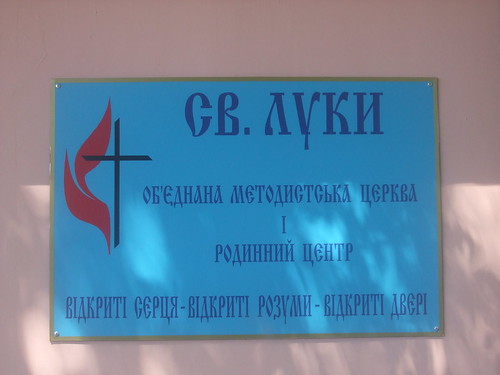


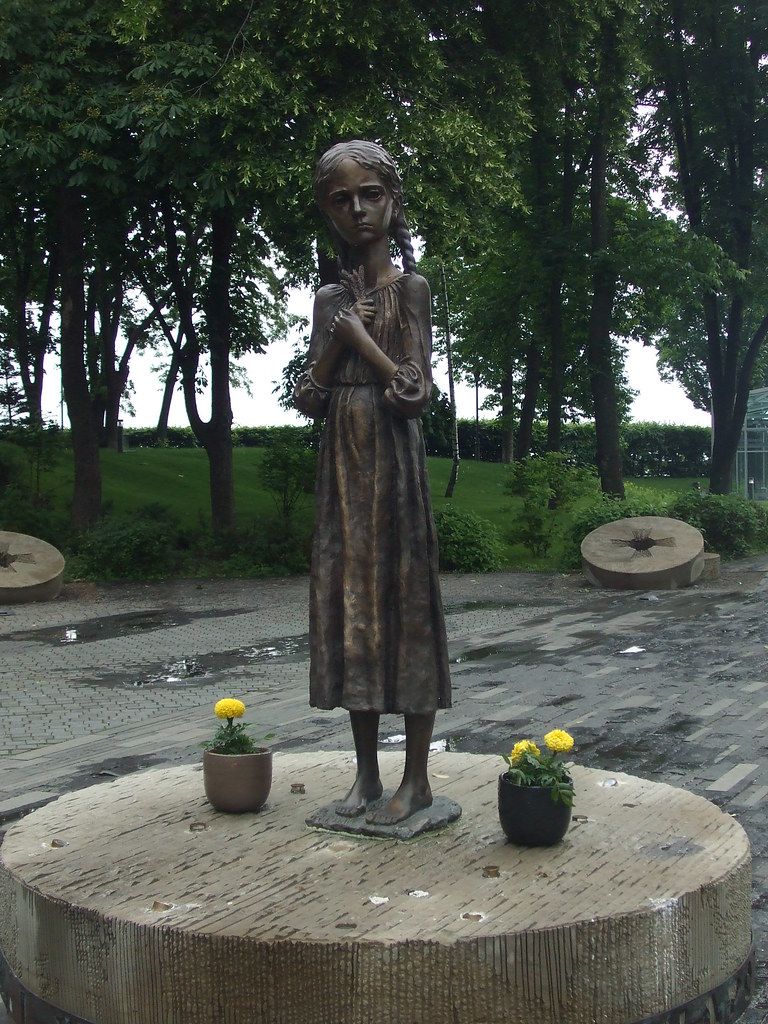
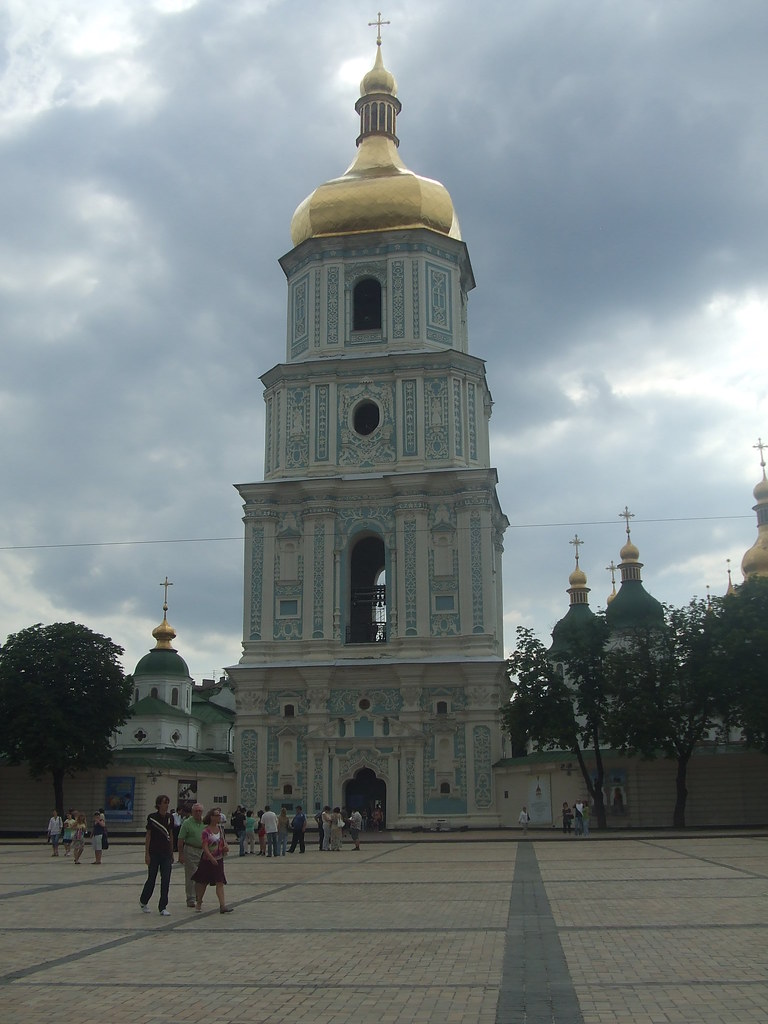
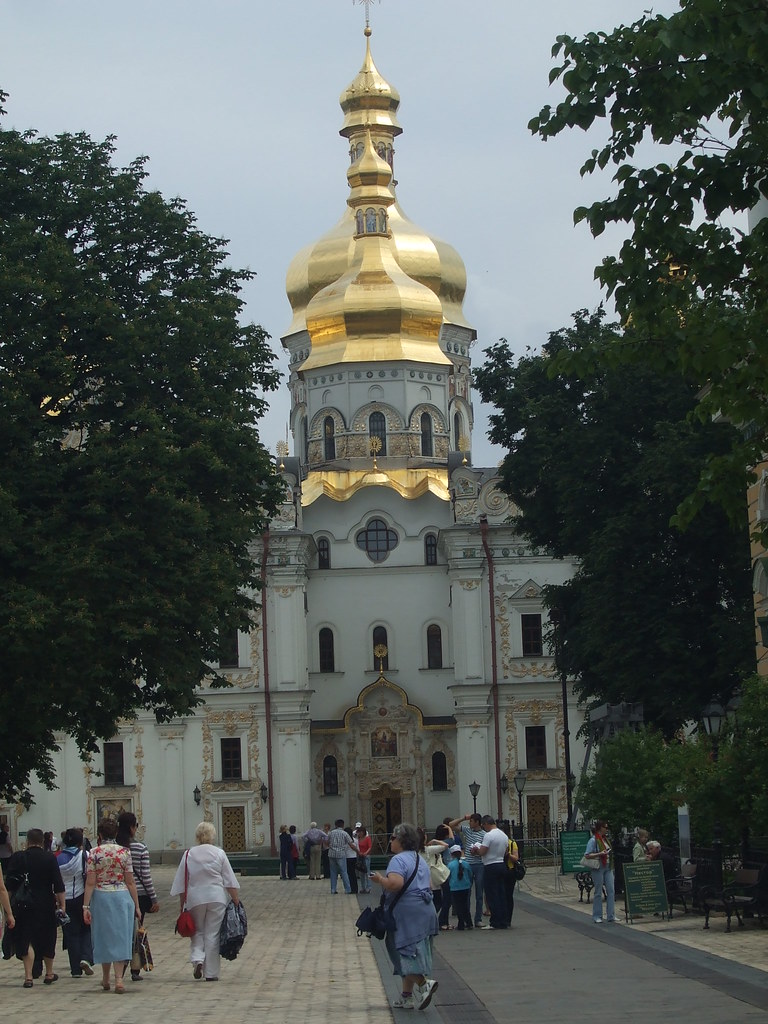
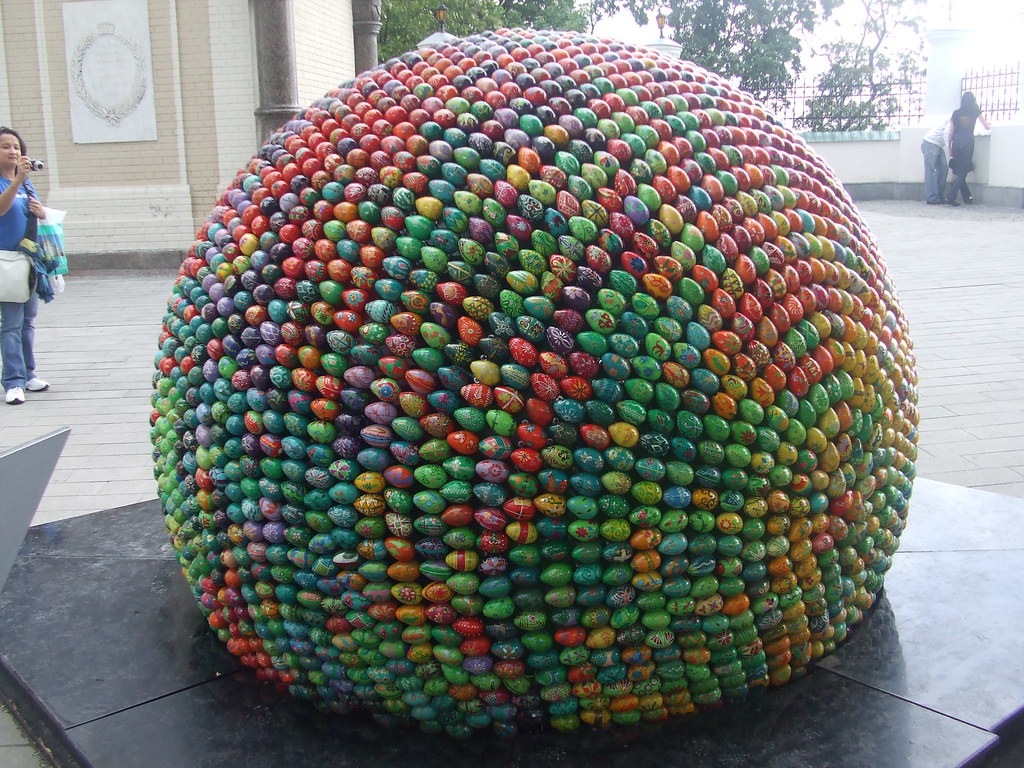
0 comments:
Post a Comment